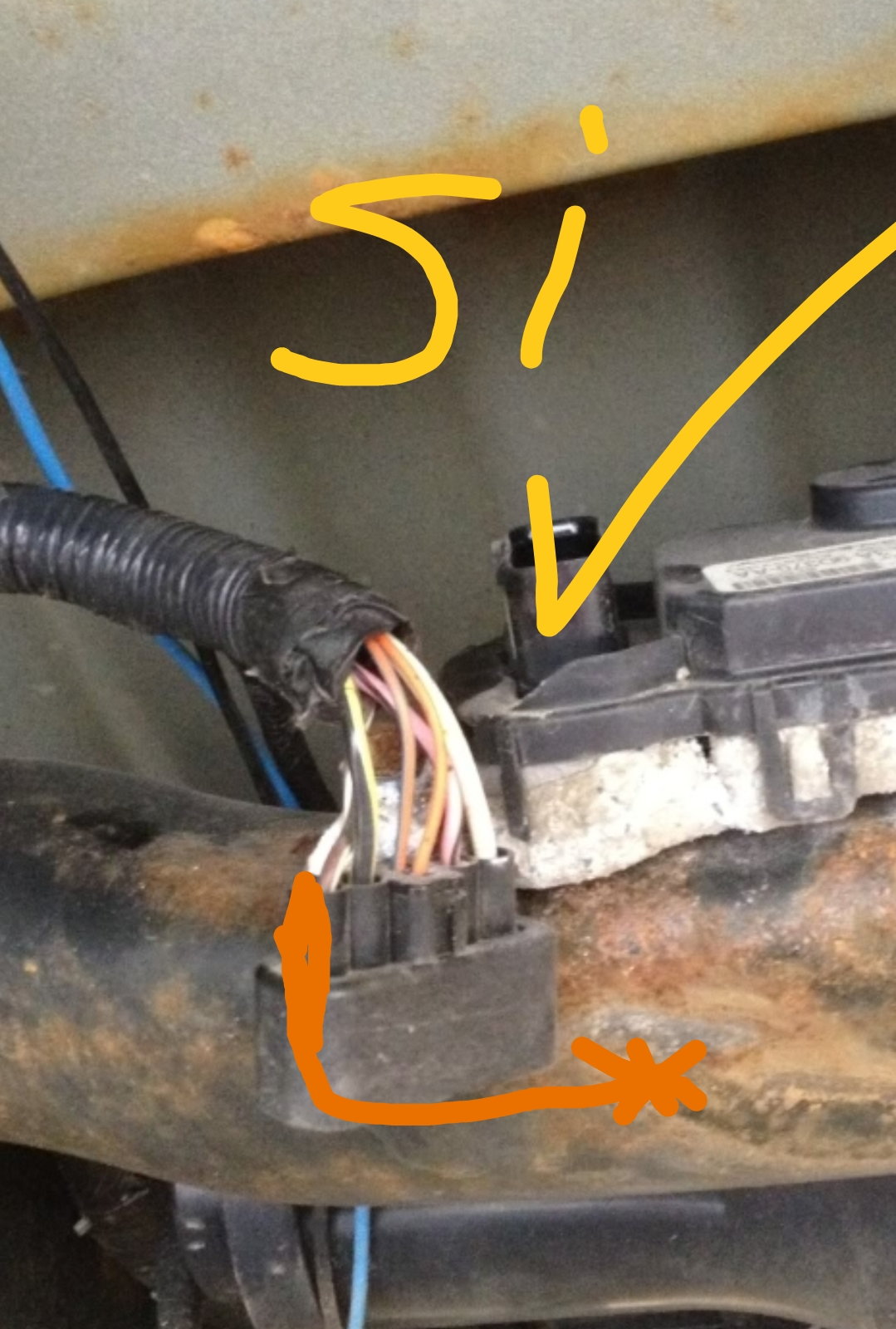Are you experiencing problems with your vehicle’s fuel system? It might be time to test your fuel pump driver module.
This small yet crucial component controls the fuel pump’s power, ensuring your engine gets the right amount of fuel to perform smoothly. Ignoring issues with this module can lead to poor engine performance, or worse, a complete breakdown. Understanding how to test your fuel pump driver module can save you time, money, and a lot of frustration.
Imagine confidently diagnosing the problem yourself, without immediately resorting to expensive repairs. In this guide, we’ll walk you through the process step-by-step, from locating the module to testing it effectively. Whether you own a 2001 F150 or another vehicle, you’ll gain the knowledge you need to keep your ride running smoothly. Stay with us, and learn how to take control of your vehicle’s fuel system!

Credit: www.f150forum.com
Where Is The Fuel Pump Driver Module Located
Testing a fuel pump driver module starts with locating it. Typically found near the fuel tank, this module manages fuel pump operation. Accessing it often involves removing some vehicle components for testing and diagnostics.
Finding the fuel pump driver module can be tricky. It’s crucial for a car’s fuel system. Knowing its exact location helps in testing and troubleshooting. Let’s explore where you might find this vital component. Common Locations in Different Vehicles The fuel pump driver module varies by vehicle type.
Here’s where you might typically find it: – Under the rear seat: Often hidden beneath the rear passenger seat. – Near the fuel tank: Sometimes attached close to the fuel tank for efficiency. – Inside the trunk: In some models, you may spot it within the trunk area.
– Under the dashboard: Occasionally located under the dashboard, near the fuse box. Specific Locations Based on Vehicle Make Vehicle manufacturers have specific placements for modules. Here’s a brief look at some popular makes: – Ford vehicles: Usually found near the rear wheel well.
– GM models: Often located beneath the driver’s seat. – Toyota cars: Typically placed within the trunk or near the fuel tank. – BMW and luxury brands: Often hidden in the trunk, near other electronic components. Importance of Checking Your Owner’s Manual Each car is unique, and manuals provide precise guidance.
Always consult it for accurate details. – Locates exact module position: Manuals give the exact spot. – Offers troubleshooting tips: Provides steps to test the module. – Ensures safe handling: Advises on precautions during testing. Understanding these locations ensures effective testing and maintenance.
Does A 2001 F150 Have A Fuel Pump Driver Module
Testing the fuel pump driver module in a 2001 F150 involves inspecting connections and voltage levels. Ensure the module is receiving power. Use a multimeter to check for voltage at the fuel pump. If the module fails to send power, it might need replacement.
The 2001 Ford F150 is a popular truck model. Many owners wonder about its fuel system components. One common question is about the presence of a fuel pump driver module. Understanding this can help with maintenance and troubleshooting. Let’s explore if this model has one.
Does a 2001 F150 Have a Fuel Pump Driver Module? Yes, the 2001 Ford F150 does have a fuel pump driver module. This component is crucial for managing the fuel pump’s operation. It ensures the pump delivers the right amount of fuel to the engine.
For those unfamiliar with this part, here are some key aspects to consider: – Location: The module is typically located on the frame rail. It’s near the fuel tank for easy access. – Function: It controls the fuel pump’s speed.
This helps maintain optimal fuel pressure. – Signs of Failure: If the module fails, you might notice engine stalling. Another sign is difficulty starting the vehicle. Understanding these details can help in identifying issues early. This ensures your truck runs smoothly.

Credit: m.youtube.com
Conclusion
Testing a fuel pump driver module ensures your vehicle runs smoothly. Locate the module first, often near the fuel tank. Some cars, like a 2001 F150, have this module. Use a multimeter to check voltage levels. Low voltage may mean the module needs replacement.
Ensure all connections are tight and clean. Regular testing can prevent unexpected breakdowns. Keep your vehicle’s fuel system in top condition. Basic tools and steps make this task manageable. Understanding your car’s components helps in maintenance. Stay proactive with regular checks for a reliable drive.
